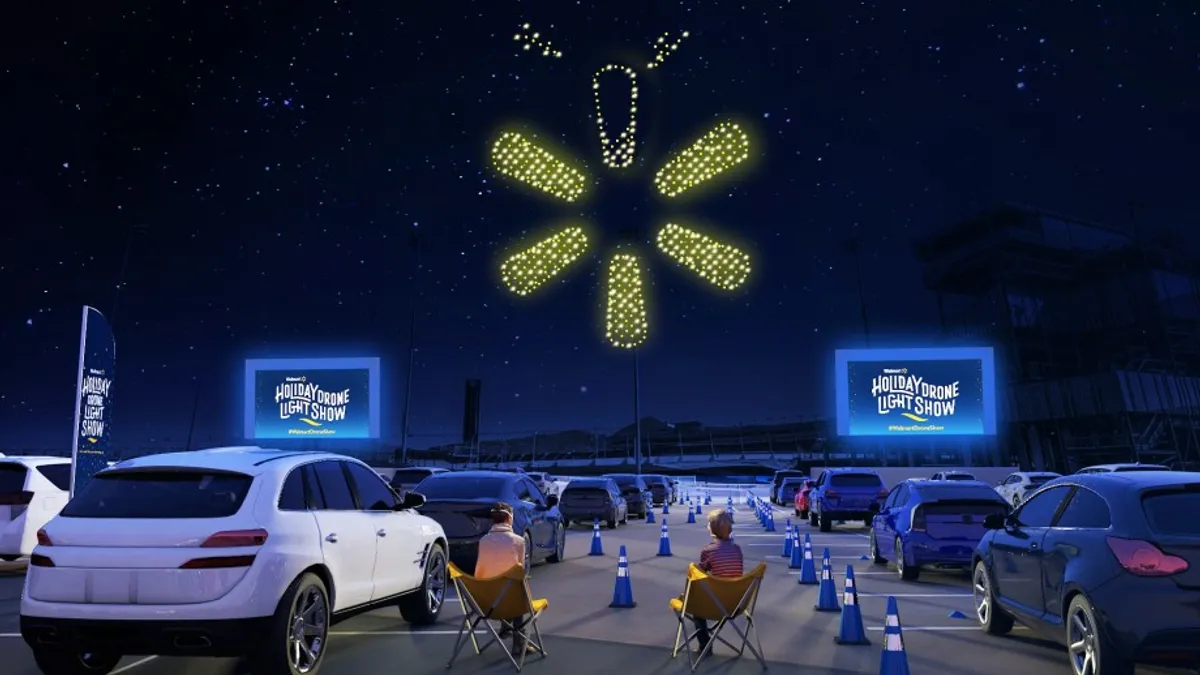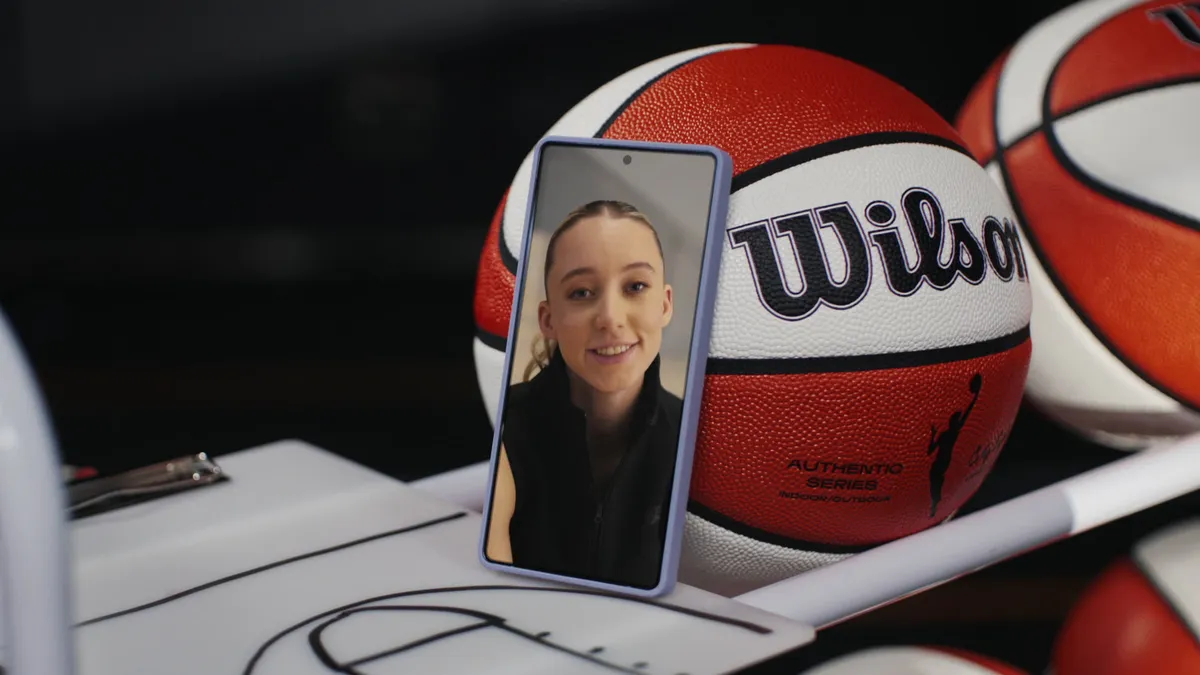One of the major challenges marketers have faced during the pandemic has been keeping pace with quickly evolving COVID-driven consumer trends while preserving the big picture focus on brand. Walmart, the largest retailer in the U.S., hasn't been free of such pressures, which have led to a realignment of media strategy that could affect its outlook even after the health crisis abates.
Changes to the brand's experiential outreach started taking place early in the pandemic, executives said during the Mobile Marketing Association's (MMA) virtual Impact conference Tuesday. In a sign that Walmart's ambitious experiential strategy could play a larger part going forward, the company this week hired its first chief creative officer, Ad Age reported, placing Jean Batthany in the role reporting directly to CMO William White. Batthany previously worked at Disney's in-house Yellow Shoes agency that oversees the park experience and consumer products.
"When COVID hit, we went, what can we do that can enable us to help the communities live better in a way that is still free, COVID friendly, [and] also we wanted to do something that was high-quality and innovative enough so that the press would notice," Cynthia Kleinbaum, vice president of marketing at Walmart+, said during the panel moderated by McKinsey & Company. The discussion additionally featured a speaker from TD Bank.
"We knew that every company and every retailer in the world was brainstorming about experiential activations," Kleinbaum said.
To differentiate from the pack, Walmart centered its attention on owned channels it could leverage to connect with families cut off from their usual bond-building traditions. Working with experience partner Camp and interactive video platform Eko, the brand converted its mobile app into a virtual summer camp parents could participate in with their kids, tapping a cadre of celebrities to guide more than 200 activities. Then, in July, it started flipping parking lots at dozens of stores into drive-in movie venues as part of a national cinema tour put on with Tribeca Enterprises. The free screenings, which promoted services relevant to the pandemic such as contactless curbside snack pickup, quickly booked up while also delivering on brand value.
"The earned media that we got was by far more than we could've gotten by spending that money on advertising," Kleinbaum said. "Not only people that experienced the drive-in, but also people that knew about it, felt better about the brand [and] were more likely to shop at Walmart."
'Surgical marketing'
Meanwhile, Walmart's approach to paid media has evolved to be more utilitarian as a result of the health crisis. Before the pandemic, the company was sinking a heavy amount of resources into promoting fledging services like grocery delivery and curbside pickup. Both took off virtually overnight with the introduction of stay-at-home orders and as people avoided in-store shopping — trends that brought a windfall for Walmart's digital operations but new challenges for its marketing.
"This was a business that had been growing by driving awareness. We had big TV campaigns trying to convince people to feel comfortable with somebody else shopping for groceries for them," Kleinbaum said. "Suddenly we didn't have to drive awareness, we didn't have to drive consideration; all we needed to do was to capture the demand."
But demand could also be overwhelming, leading to product shortages that might turn customers off. To account for this, Walmart adopted what Kleinbaum described as a "surgical marketing" approach, only funneling attention to store locations that could accommodate the spike in interest for features like curbside pickup.
"Our strategy shifted from upper funnel to lower funnel," Kleinbaum said of Walmart's advertising. "We all know that it's more expensive to acquire a new customer than to reactivate one. To just open the floodgates and let anybody come meant that people would have a bad experience."
With the Batthany appointment, Walmart appears to be building on some of the new experiential tricks learned during the pandemic. When it comes to paid media strategy, the retailer is more eager to return to something resembling normalcy, albeit with the expectation that more consumers will feel comfortable in a hybrid shopping model that mixes online and physical retail channels.
"The way that we're doing marketing that I spoke about before — this surgical approach to spending money — it's really time-consuming and it's not as efficient," Kleinbaum said. "I really hope that we can see the demand going back to predictable levels … and not be in this hectic world that we still are."























